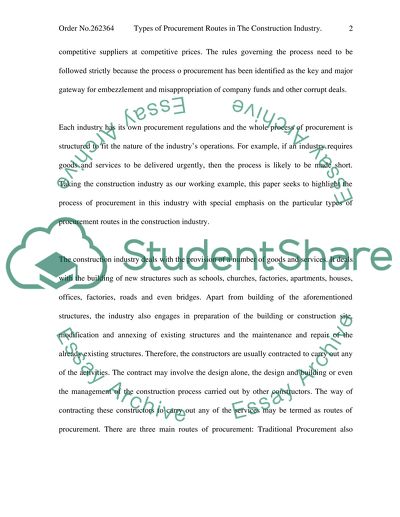Cite this document
(Types of Procurement Routes in the Construction Industry Assignment, n.d.)
Types of Procurement Routes in the Construction Industry Assignment. Retrieved from https://studentshare.org/engineering-and-construction/1505522-procurement-routes-in-the-construction-industry
Types of Procurement Routes in the Construction Industry Assignment. Retrieved from https://studentshare.org/engineering-and-construction/1505522-procurement-routes-in-the-construction-industry
(Types of Procurement Routes in the Construction Industry Assignment)
Types of Procurement Routes in the Construction Industry Assignment. https://studentshare.org/engineering-and-construction/1505522-procurement-routes-in-the-construction-industry.
Types of Procurement Routes in the Construction Industry Assignment. https://studentshare.org/engineering-and-construction/1505522-procurement-routes-in-the-construction-industry.
“Types of Procurement Routes in the Construction Industry Assignment”, n.d. https://studentshare.org/engineering-and-construction/1505522-procurement-routes-in-the-construction-industry.


